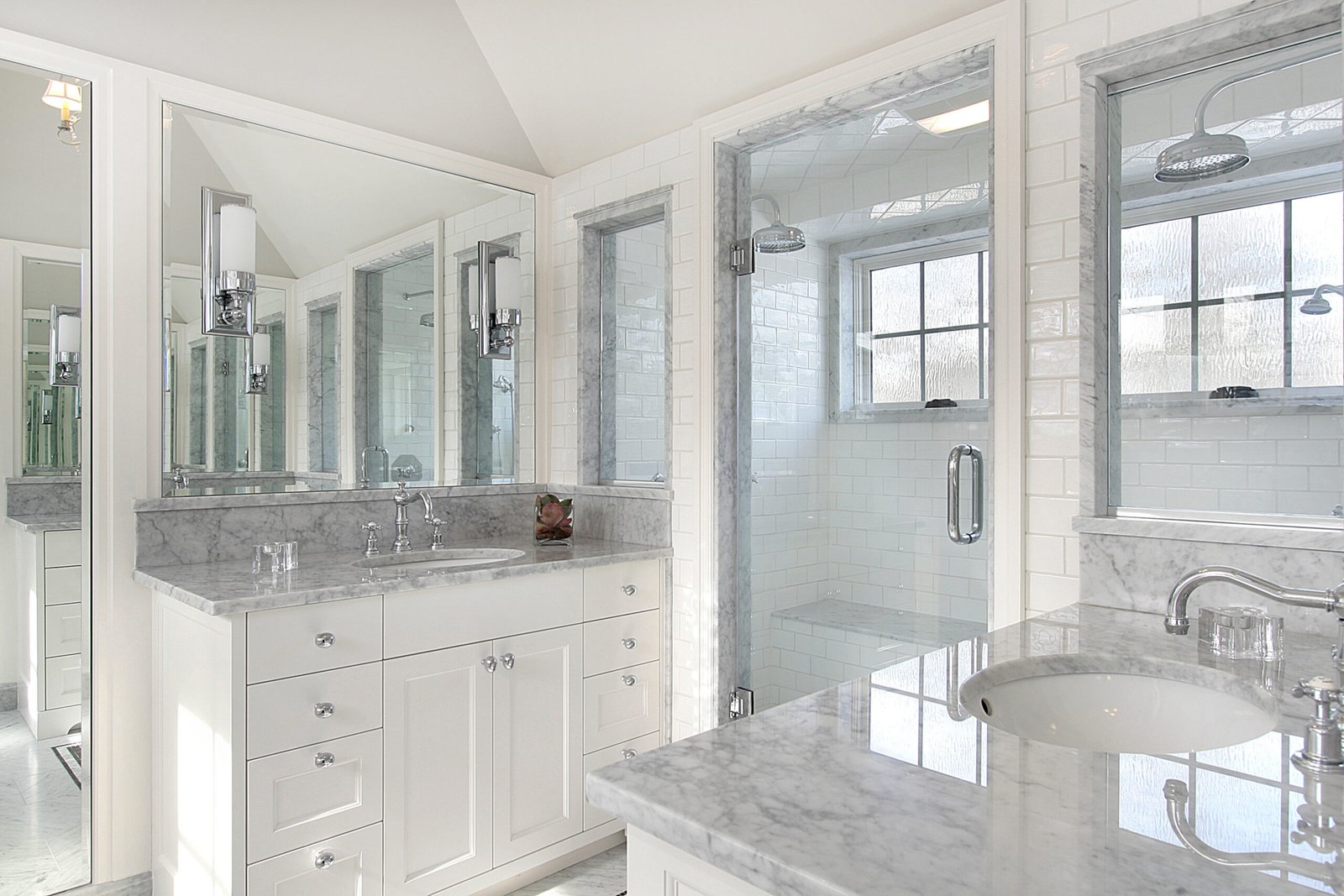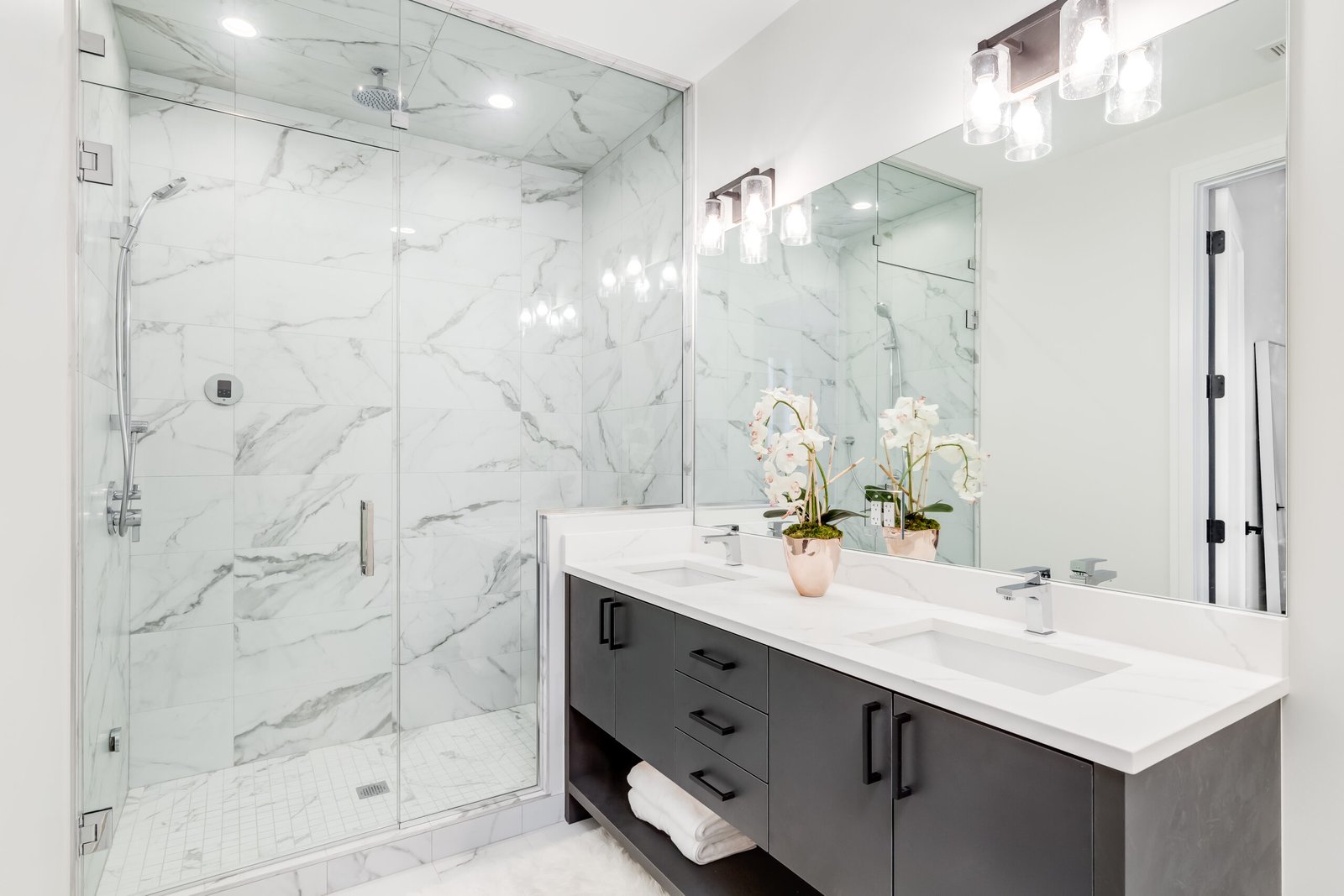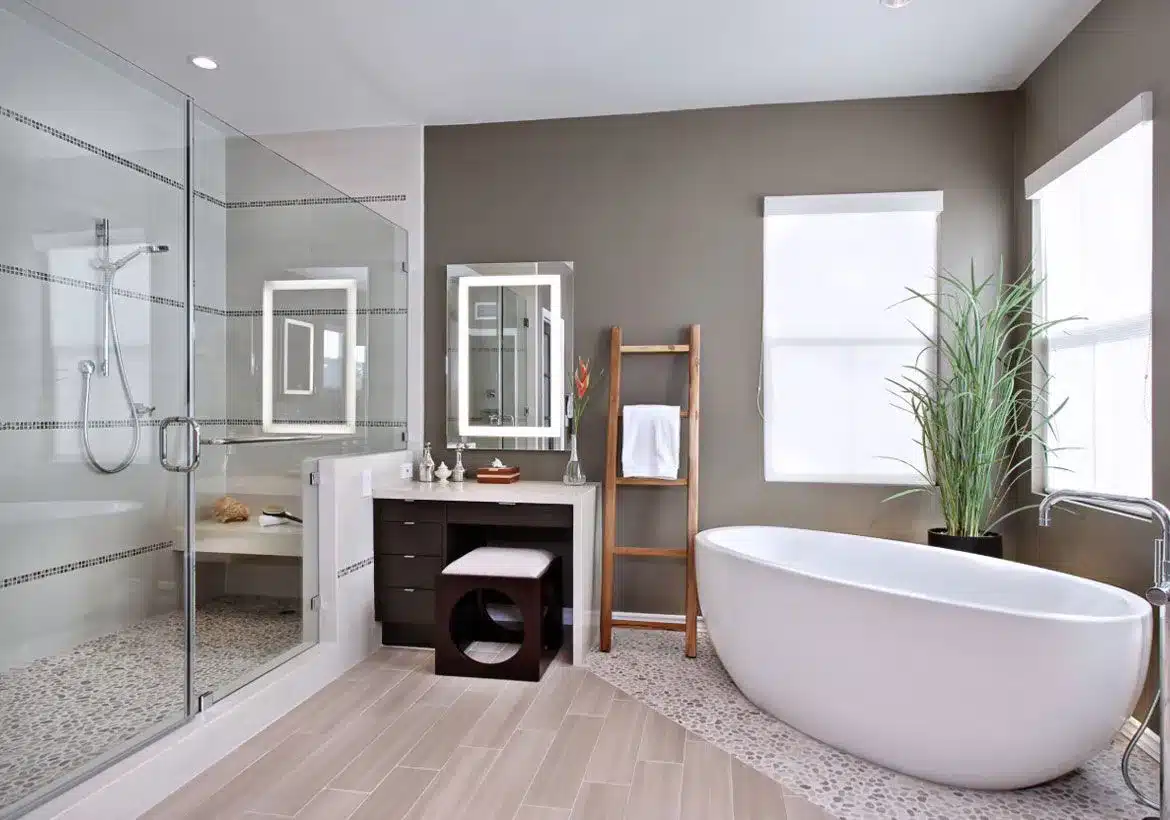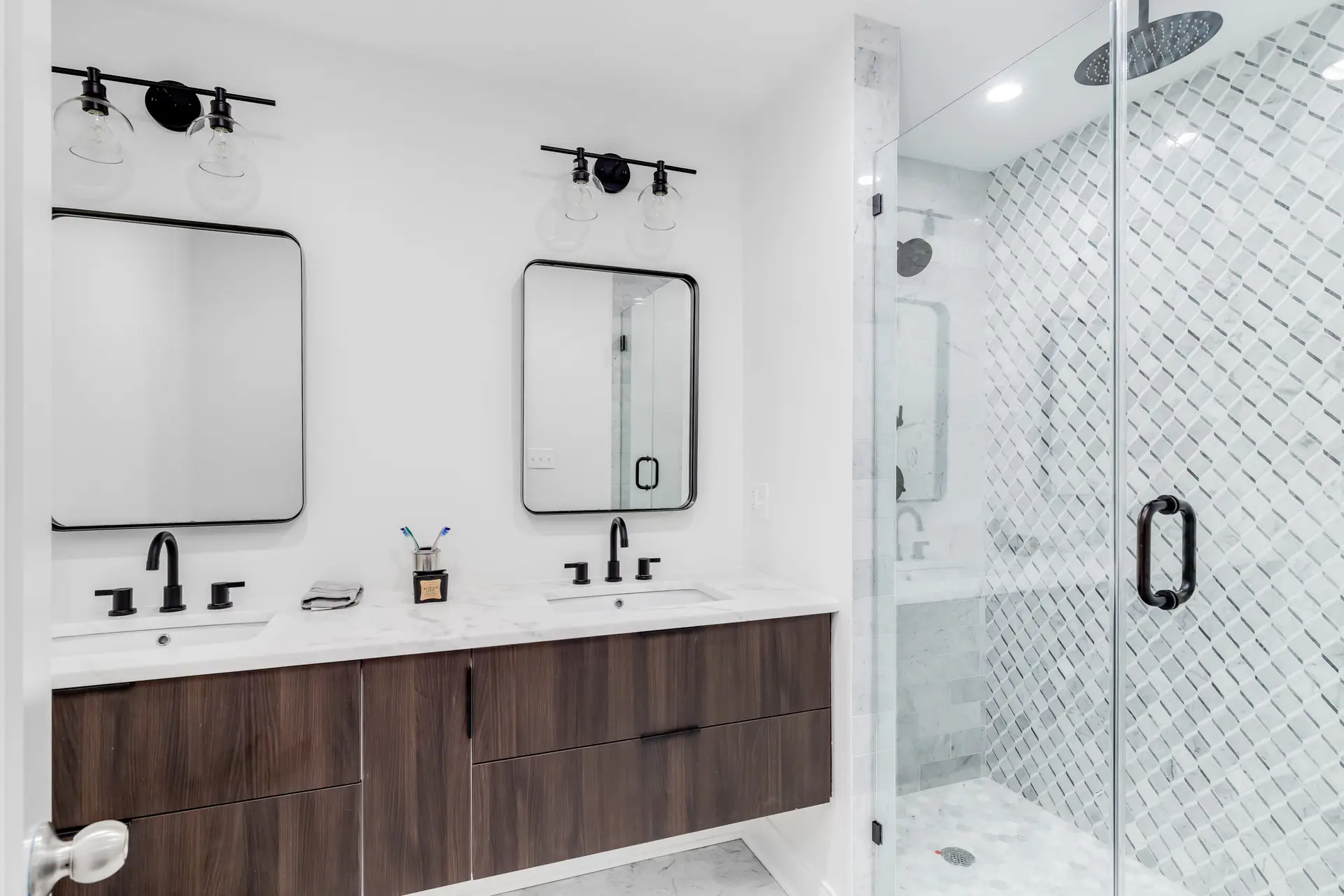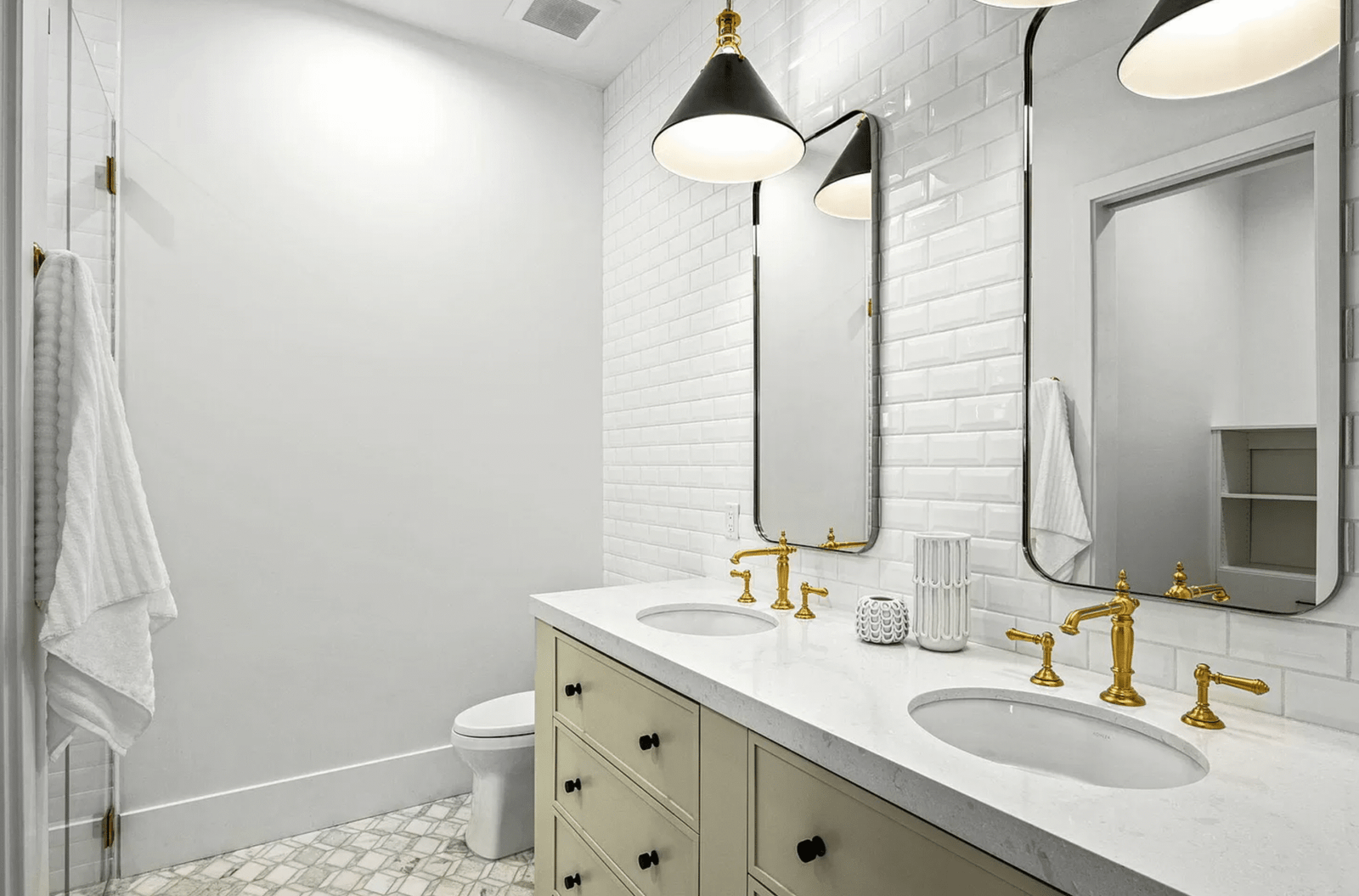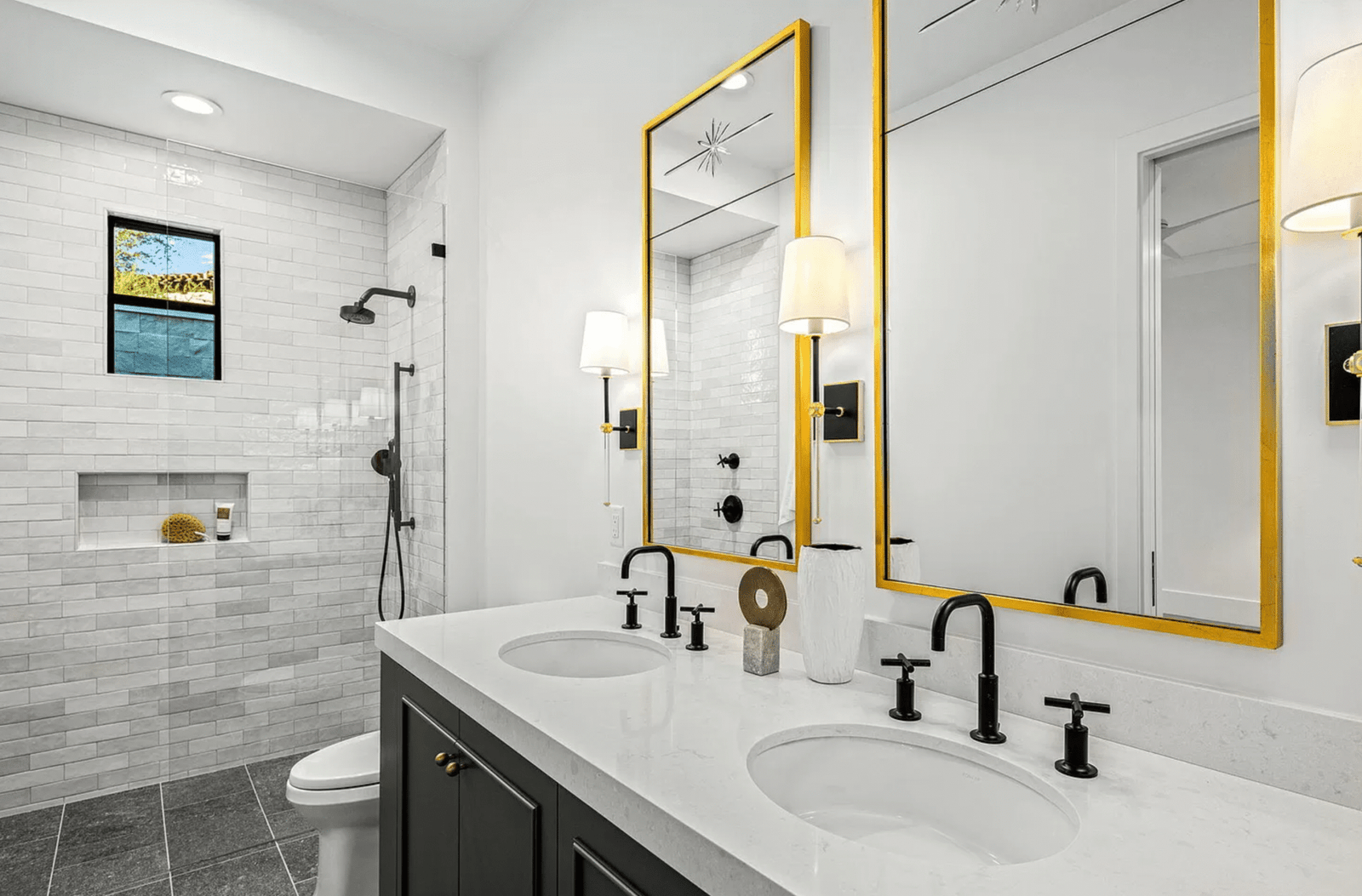Remodeling a bathroom is exciting—but it’s easy for costs to spiral if you don’t plan carefully. For homeowners in Centennial, Colorado, doing bathroom remodeling Centennial or shower remodeling Centennial means balancing the desire for modern, spa-like comfort with the realities of labor, material costs. This guide walks you step by step through planning smart, maximizing ROI, and incorporating 2025 trends sensibly so you don’t overspend. With the right strategies, Bathroom Remodeling Centennial can be both affordable and stylish. Bathroom Remodeling Centennial provides the perfect opportunity to enhance your home.
1. Know Local Costs & Market Benchmarks
Before you dive into design ideas, it’s critical to understand what the local market permits and what typical pricing looks like in your region:
Understanding Bathroom Remodeling Centennial options is crucial for making informed decisions.
- In the Denver metro area (which includes Centennial), bathroom remodeling typically runs $100 to $500 per square foot, depending on finish levels.
- Basic to mid-level projects tend to begin around $12,000 and can escalate to $30,000–$50,000+ for premium or layout-changing renovations.
- In Colorado more broadly, mid-range bathroom remodeling often lands between $10,000 and $20,000, with high-end jobs exceeding $30,000 or more.
- Some local contractors report that walk-in showers (a common upgrade) alone may cost $8,000 to $15,00,0, depending on complexity and materials.
These figures give you boundaries so you can spot overinflated bids or unrealistic design expectations.
2. Set a Realistic Budget + Contingency
- Divide it roughly into these categories:
– Labor & installation: ~20–40%
– Materials, finishes & fixtures: ~40–60%
– Structural, plumbing, electrical changes: ~10–20%
– Permits, design, debris, contingency: ~5–15% - Always set aside a 10–20% contingency for surprises like hidden water damage, framing issues, or supply shortages.
- Decide early whether you’ll reconfigure plumbing or move walls—those changes can push your budget upward quickly.
- Try to benchmark your target range: e.g. “I aim to keep this under $25,000” or “I want a mid-range result in the $30,000–35,000 band.”
3. Prioritize Core Upgrades Over Luxuries
Incorporate personal style in Bathroom Remodeling Centennial for a unique touch.
Tier 1 (Must-haves)
Understanding the scope of your Bathroom Remodeling Centennial can lead to better decisions.
- Proper waterproofing, drainage, and ventilation (avoid moisture issues)
- Functional layout: good access, safe clearances
- Durable flooring and wall surfaces in wet zones
- Reliable fixtures (toilet, shower, sink) with solid warranties
Tier 2 (Value items you can include if budget allows)
Consider the benefits of Bathroom Remodeling Centennial to increase your home’s value.
Effective Bathroom Remodeling Centennial can transform your daily routine.
- Frameless glass shower doors
- Semi-custom vanities, quartz countertops
- Accent tile walls, natural textures
- Energy-efficient / water-saving plumbing fixtures
Setting clear priorities for Bathroom Remodeling Centennial will help you stay within budget.
Tier 3 (Luxuries to phase in or omit if needed)
Focusing on Bathroom Remodeling Centennial will enable you to create a beautiful space.
- Full wet-room or curbless showers (though trending)
- Heated floors, towel warmers
- Steam or aromatherapy shower features
- Custom cabinetry, imported stone
If budget constraints appear, drop or postpone Tier 3 items first—not your core plumbing or waterproofing.
4. Smart Design Moves That Save You Money
Good design decisions save labor (which often consumes most of the budget). Here are strategies specific to bathroom remodeling Centennial and shower remodeling Centennial:
- Keep plumbing in place: repositioning toilets, drains or major plumbing lines is expensive.
- Avoid structural changes: moving walls or penetrating rooflines increases costs drastically.
- Size and layout standardization: using standard widths for vanities, shower modules, and tile sizes minimizes waste.
- Use large-format tile: fewer grout joints reduce labor time and visual clutter.
- Partial tile or accent walls: fully tiling everywhere is beautiful but expensive—reserve full tile for wet zones or focal walls.
- Prefabricated or solid-surface shower panels: These reduce grout and labor costs, and can simplify shower remodeling Centennial.
- Modular cabinetry instead of fully custom: blends flexibility with cost control.
5. Choose Fixtures, Finishes & Materials Wisely
Your selections can make or break your budget. Here’s where to get high impact without overspending:
Fixtures & Plumbing
- Stick with mid-tier, respected brands instead of ultra-premium.
- Opt for water-saving / low-flow options: they save utility costs and often qualify for rebates.
- Use mixed metals (e.g. matte black + brushed nickel) to give a designer feel without paying for all top-tier finishes.
Tile, Flooring & Walls
- Porcelain or high-quality ceramic tile is durable and cost-effective compared to natural stone.
- Use accent or feature walls instead of fully tiling every surface.
- Consider tile drenching: using the same tile on walls and floors to create a unified aesthetic. It’s stylish in 2025—but use it selectively to avoid visual overwhelm and excess cost.
- Solid-surface or composite wall panels in showers reduce grout and maintenance.
Vanities, Cabinets & Countertops
- Semi-custom or stock vanities can offer style and quality at much less cost than bespoke builds.
- Material for countertops: quartz often balances cost, maintenance, and durability better than marble in Colorado’s dry climate.
Lighting & Mirrors
- Layered lighting (ambient + task + accent) is a major trend for 2025.
- Use LED, dimmable, and backlit mirrors to elevate the space affordably.
6. Incorporate 2025 Trends Without Breaking the Bank
Modern trends are tempting—just be selective. Here are some trends that are gaining traction in Colorado that you can adopt judiciously:
Walk-In Showers & Wet Rooms
Walk-in, frameless glass showers are widely popular. Fully waterproof wet rooms (no curb) are emerging, especially for universal design and accessibility.
Natural Textures & Earth Tones
Designers are favoring materials that echo Colorado’s outdoor palette—clay, sage, sand, wood-look finishes, and stone accents.
Bold Tile & Mixed Metal Accents
Creative tile patterns, texture contrast, and mixed metal hardware (black, brass, nickel) are becoming staples.

Layered & Ambient Lighting
Floor, vanity base, and behind-mirror LED lighting are being used to elevate mood and depth.
Sustainable & Smart Upgrades
Low-VOC materials, motion-sensor faucets, water-saving fixtures, and integrated smart lighting or controls are in demand.
Accent Walls vs Full Coverage
Many renovators apply accent tile walls (e.g., in the shower or behind the vanity) instead of wrapping every wall. According to the 2025 Houzz trends, ~31% use accent walls.
By blending just a couple of these, your bathroom stays contemporary without overextending the budget.
7. Getting Bids & Selecting Contractors
Labor is often your largest line item. To control it:
- Get at least 3 detailed bids, asking for line-item breakdowns.
- Ask for local references, especially in Centennial or nearby suburbs.
- Check licensing, insurance, and reviews (BBB, Google, Nextdoor).
- Look for contractors who will suggest value engineering (cheaper alternatives) when needed.
- Draft a contract with a clear scope, timeline, payment schedule, and change-order rules.
- Pay in milestone increments—not all upfront.
A good contractor can save you money by preventing over-ordering, rework, or costly surprises.
8. Phasing Work, Timing & Permit Strategy
To prevent idle labor or cash flow issues:
- Order long-lead items (tiles, specialty fixtures) early so you don’t stall on installation.
- Try to schedule work during off-peak times; contractor rates may be slightly lower.
- Submit permit applications ahead of time; delays in approvals can stall progress and increase costs.
- If you have multiple bathrooms, phase one at a time to maintain functionality in your home.
- Resist adding “just one more thing” mid-project—scope creep is a budget killer.
9. Cost Control & Monitoring
During the remodel:
- Track all expenses day by day and compare to your budget plan.
- Use a spreadsheet or budgeting app to monitor how much remains in each category.
- Be firm about changes: if a spouse or family member suggests “just one extra tile,” evaluate it against your contingency before approving.
- Ask your contractor which elements can be pared down late in the process if needed.
- Take quality photos and document selections (fixtures, tile type, grout, color) so miscommunications don’t lead to costly rework.
10. Return on Investment & What Adds Value
In Centennial and the Denver metro area, it’s prudent to keep an eye on resale value:
- Walk-in showers, frameless glass enclosures, and upgraded tile work tend to score well in resale ROI.
- Bathroom remodel ROI in Denver often ranges from 65% to 85%, depending on scope and finish levels.
- Avoid over-improving beyond the home’s neighborhood standard—invest wisely where it matches the home’s value tier.
- Timeless designs (neutral palettes, mixed metals, layered lighting) tend to age better than ultra-trendy features.
Sample Budget Scenario (Hypothetical)
Let’s imagine you’re remodeling a 70 sq ft master bathroom in Centennial with moderate upgrades:
| Component | Estimated Cost |
|---|---|
| Demo & tear-out | $1,500 |
| Plumbing and electrical updates (minimal relocation) | $2,000 |
| Substrate, waterproofing & framing | $2,500 |
| Flooring & wall tile (wet zones) | $3,000 |
| Shower system, glass, fixtures | $2,000 |
| Vanity, countertop, sink | $3,000 |
| Lighting, fans, mirror | $1,500 |
| Painting, accessories, hardware | $1,000 |
| Permits, inspections | $500 |
| Contingency (10%) | ~$1,000 |
| Total Estimated | ~$18,000 |
If you face cost overruns, you might scale back on accent tile, downgrade a luxury fixture, or delay a heated floor. Planning a bathroom remodel in Centennial without overspending is absolutely achievable—with discipline, clarity, and a few strategic decisions. By equipping yourself with local cost benchmarks, prioritizing essentials, being selective about trend features, and closely managing contractor bids and change orders, you can execute Bathroom Remodeling Centennial and shower remodeling Centennial that’s stylish, functional, and financially smart.


